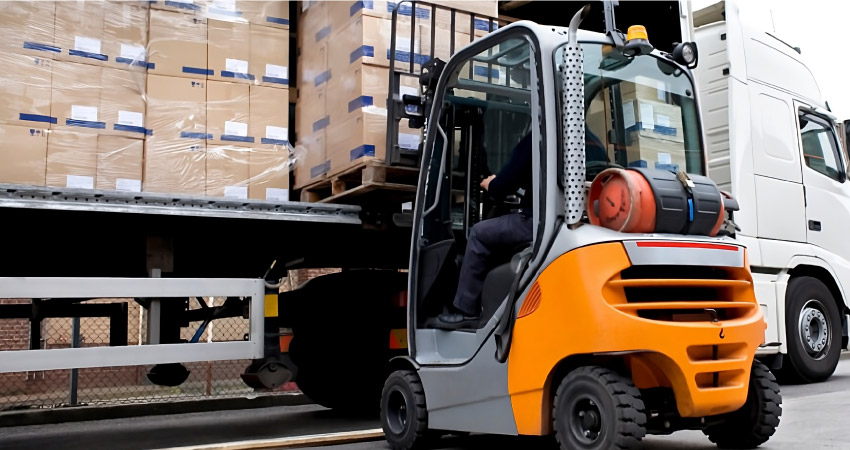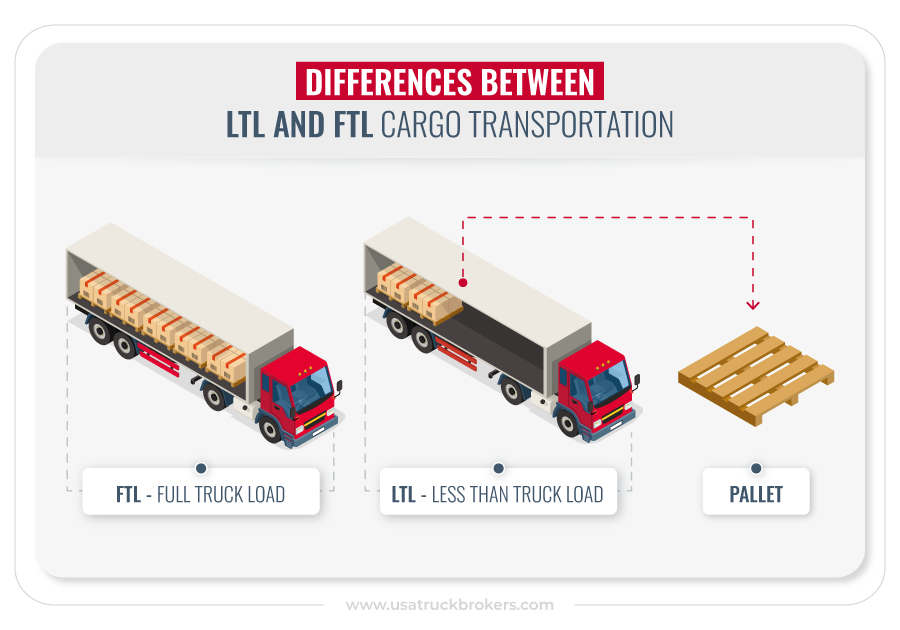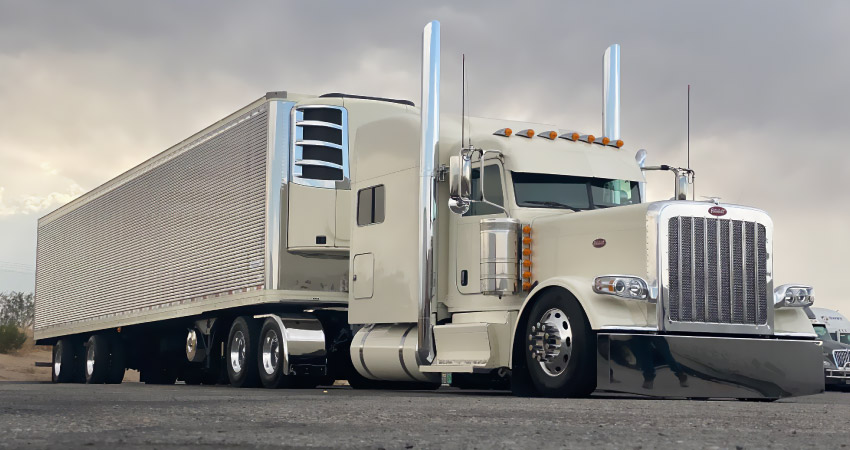

If you want to start transporting your company’s products, it is important that you know two modes of land transport that can help you make a decision. Here we tell you what the differences are between LTL and FTL transportation and what advantages each one has.
The land transport of merchandise can seem like a complicated process, especially due to the variety of existing options. Full Load Transport (FTL) and Less than Truck Load transport (LTL) are two of the most common inland transportation options in the US, Canada, . Knowing their differences will help you make the best choice for your business.
In both cases, you must consider factors such as weight, delivery time, cargo classification, pickup location, place of delivery, and the rate or cost to be paid depending on the modality you choose to transport the merchandise.
Before delving into these factors, we must clarify that the LTL and FTL transport modalities apply to inland cargo transportation, specifically commercial cargo trucks. With this clear, let’s know what the LTL transport and FTL modalities refer to.
FTL Cargo Transport (Full Truck Load)
Refers to the transport of a full truckload, usually used to carry out large shipments in which it is required to occupy the entire truck space or at least a large percentage of it. With the FTL modality, a single load is moved individually; the truck is only ready to be occupied with your merchandise.
LTL Cargo Transportation (Less than Truck Load)
In this case, the merchandise of several companies is transported in the same truck instead of making a single and exclusive shipment, a perfect option for small loads that occupy from a standard six pallets. LTL is a usual modality to meet the shipping needs of small companies.

Now that you know the difference between FTL and LTL transport, let’s understand the two factors that you must consider when choosing the modality with which you will work.
Price
Transporting cargo in LTL mode tends to have lower costs because you only pay for the space of the truck you are using instead of paying for the entire truck space that will not be filled to 100% with the cargo that you have scheduled for transport.
In the transport of LTL cargo, the truck trailer space is shared with other companies, so you must choose a reliable and experienced logistic company to guarantee the care and conditions of the merchandise. The transport company must be efficient with the achievement of other loads with situations similar to yours since, in this way, it is possible to optimize the truck’s space to the greatest extent possible and take advantage of the route to make a greater number of shipments.
Time
There is a differentiation between the route times of the carriers. If you have a full truck, the truck will collect the shipments to deliver them to the recipient, so it will be easier to predict the time it will take to make the delivery. In FTL mode, drivers can set fixed dates and times for pickup and delivery.
On the other hand, when the mode of transport is LTL, the trip is not made directly to the end customer since the carrier must make other stops to collect the different loads. The schedule is flexible because the goal is to make multiple deliveries on each trip. The cargo pickup and delivery times are not 100% guaranteed.
When to use LTL and when to use FTL?
Suppose the product you have to transport is fragile and sensitive to temperature. Therefore, you must protect your merchandise from handling and undergoing several loadings and unloadings during the journey. In that case, the best option is the FTL cargo mode because you will be certain that your products are the only items in the truck, and there is less chance of them suffering any damage.
Same story with time. Suppose you must transport products on certain dates, during festivities, or some commercial commitment or you commit to setting a specific delivery date. In that case, it is best to choose the FTL cargo mode.

In summary,
Shipping costs can represent up to 70% of a company’s total costs, making sellers increasingly attentive to optimizing their shipping.
Technological advances allow and contribute to the fact that both FTL cargo transport and LTL transport are safe and carried out in the best possible conditions.
Knowing the differences between the FTL freight transport modality and the LTL modality will help you implement a much more efficient, profitable shipping strategy adapted to the needs of your business.
Starting a product distribution plan is challenging, so it is advisable to seek advice from expert logistics and transportation companies that can advise you to take your business to another level.














